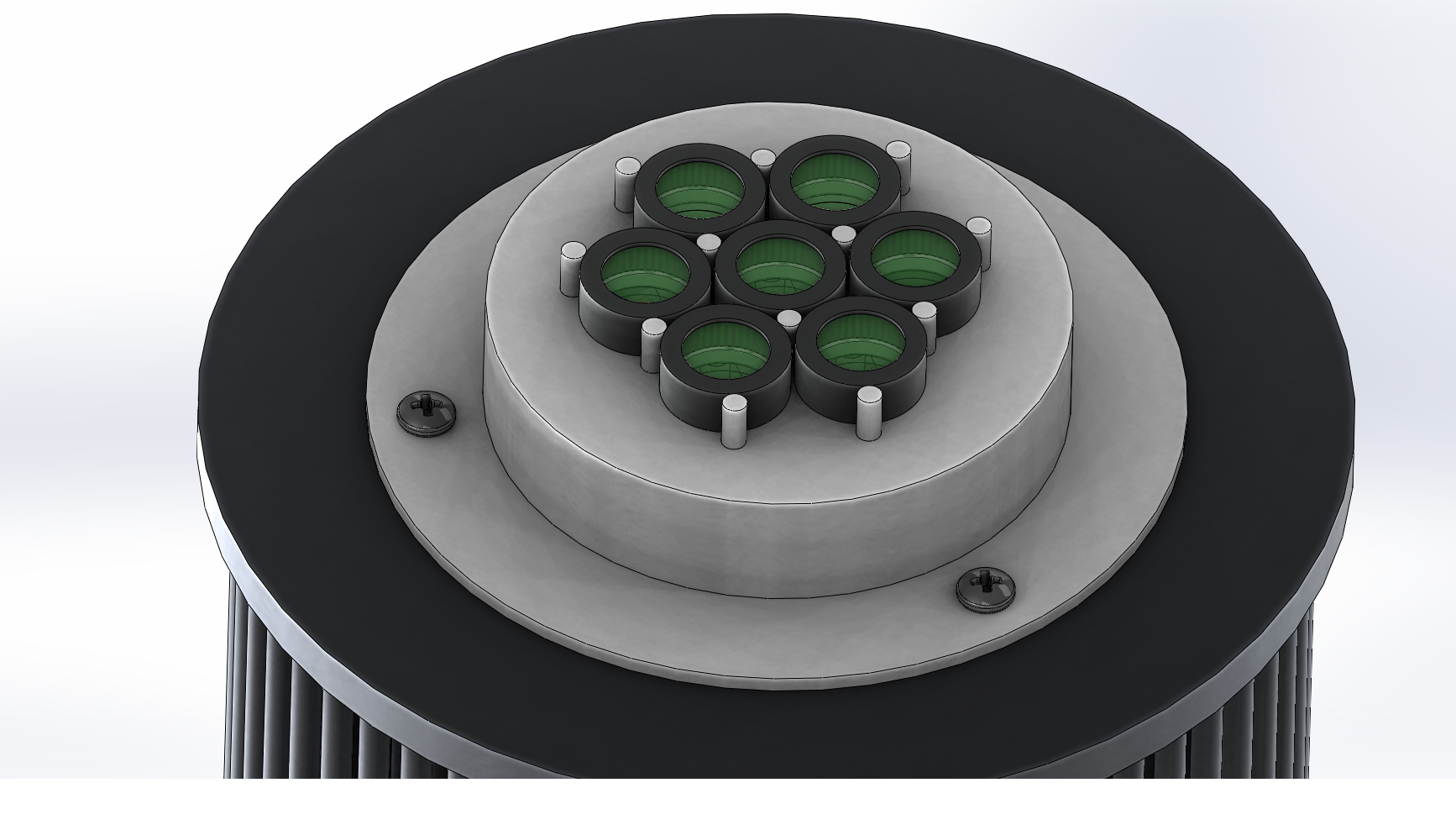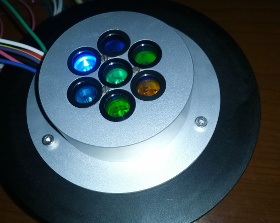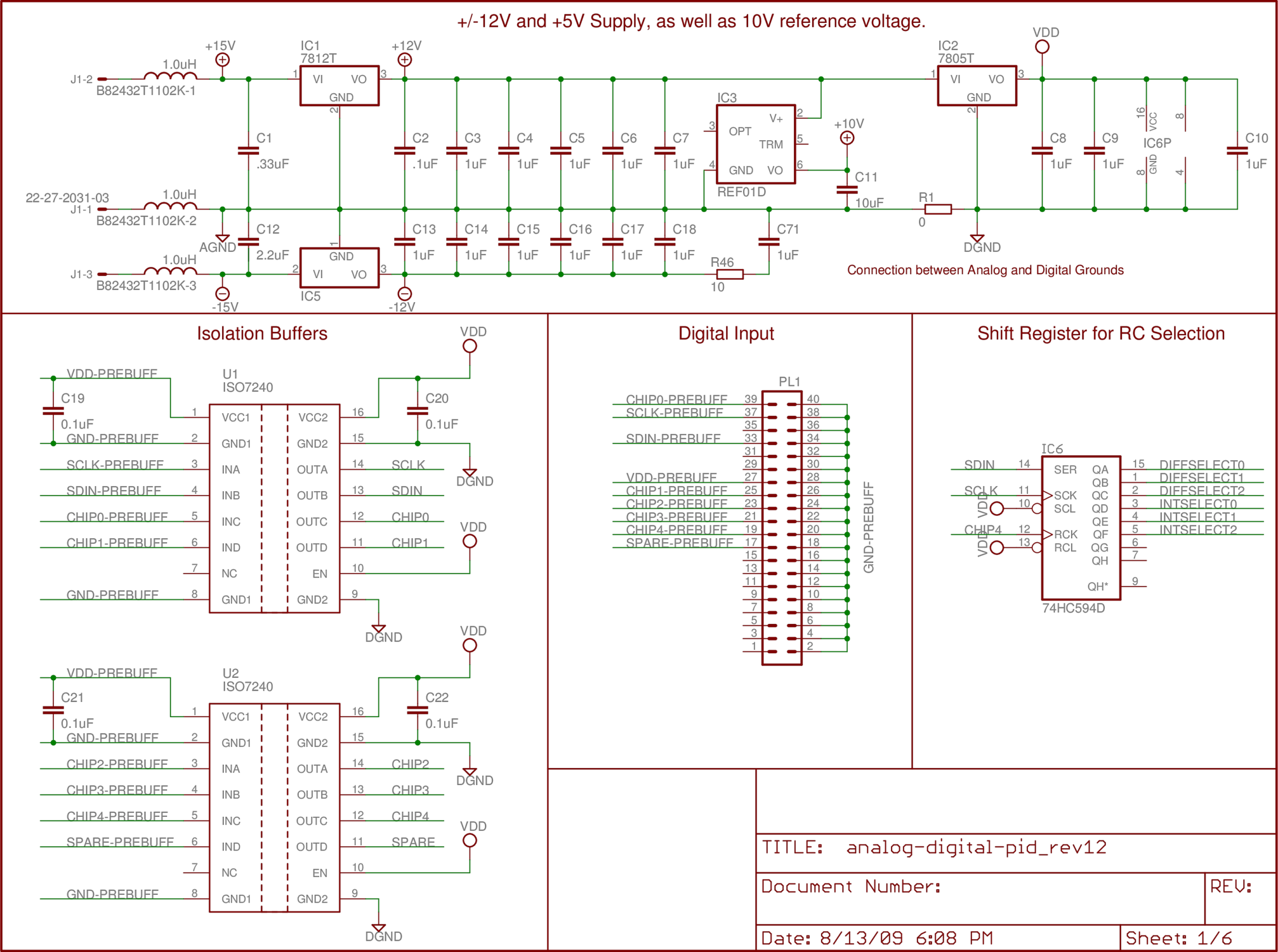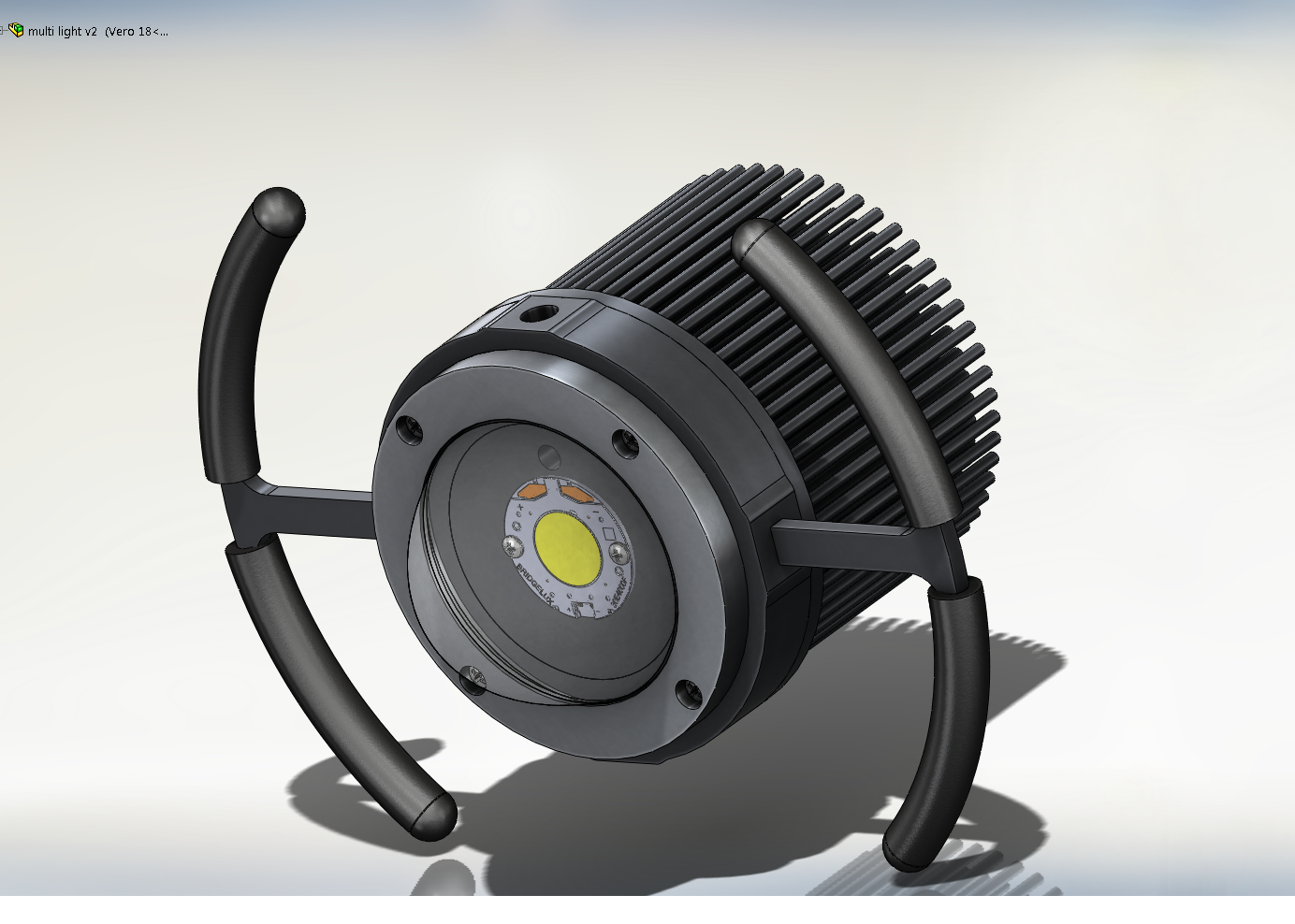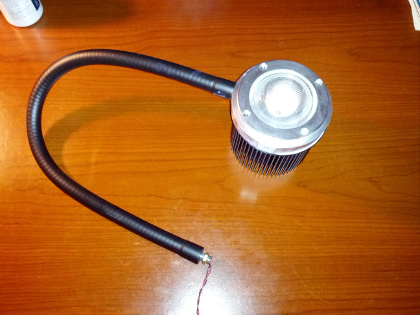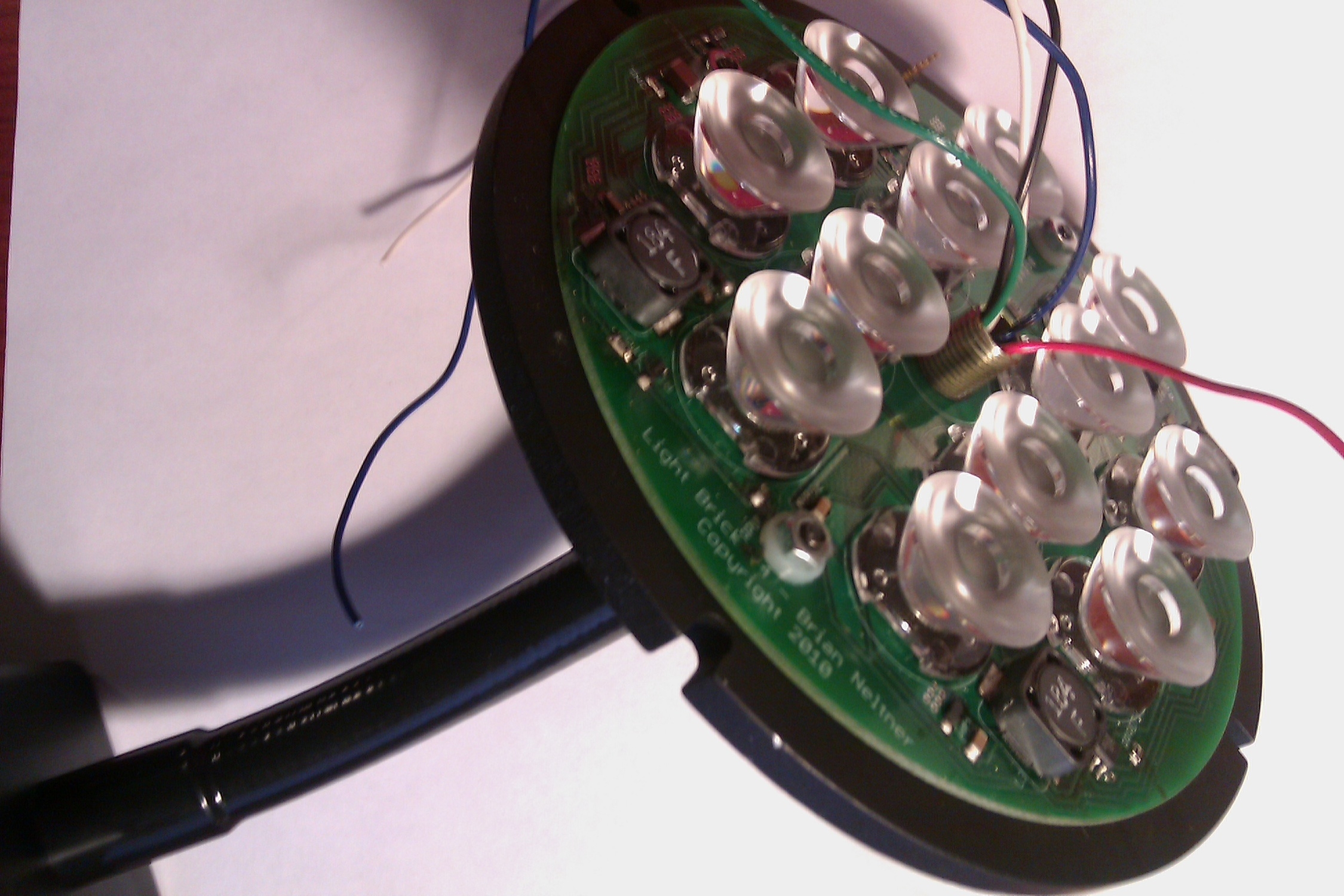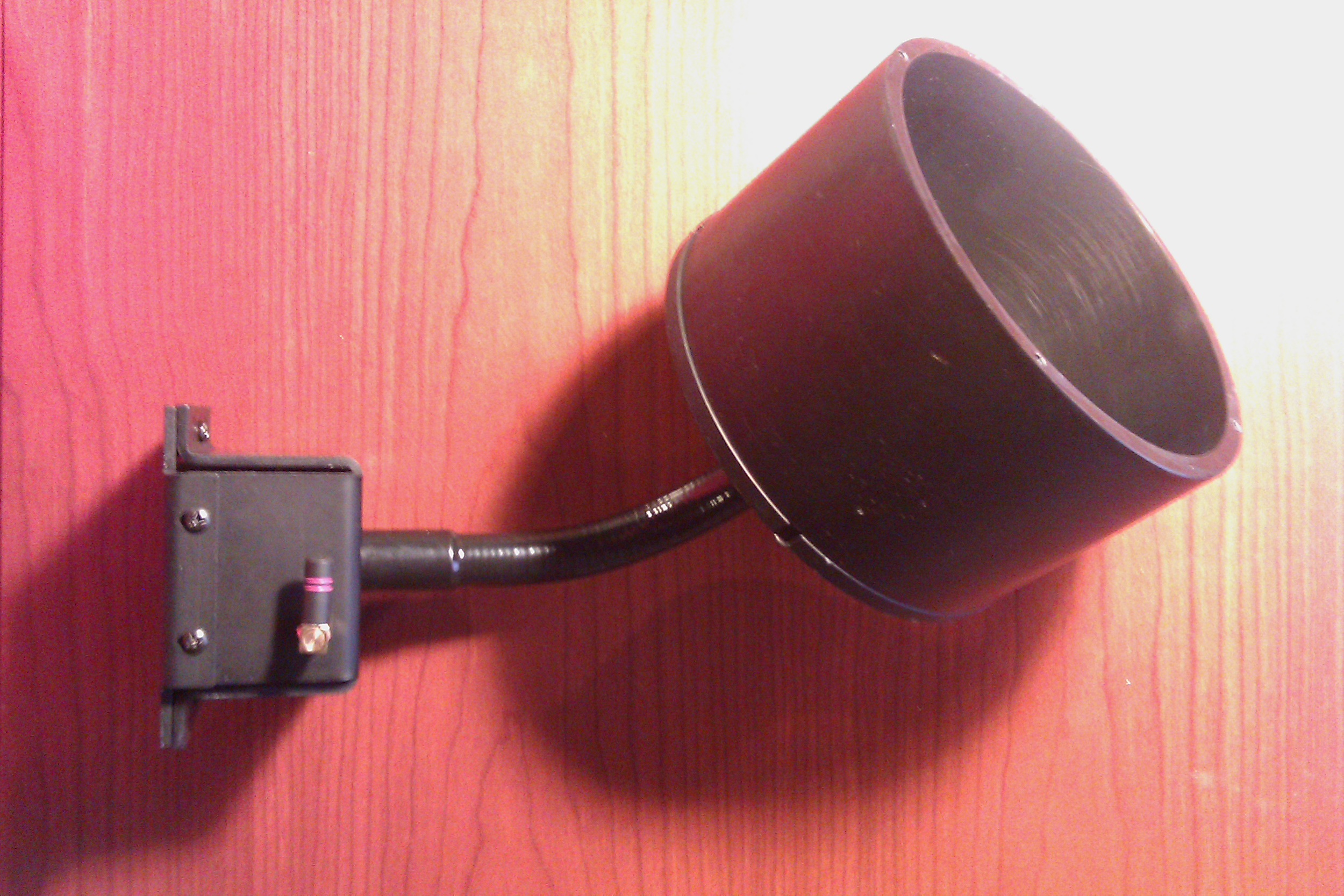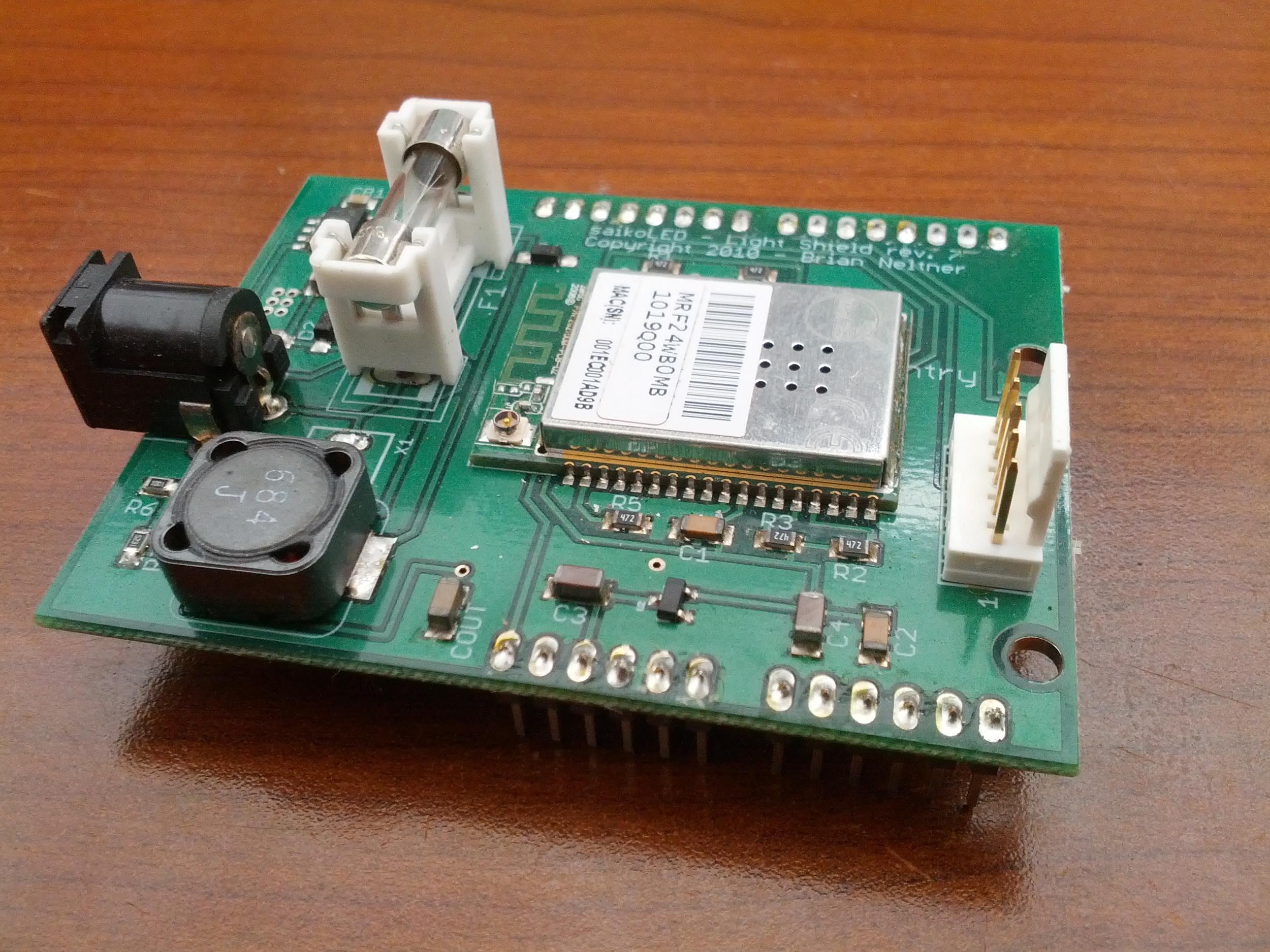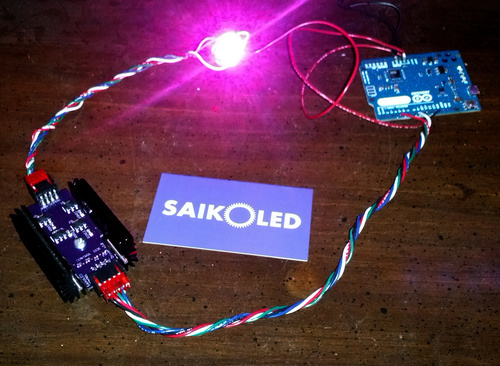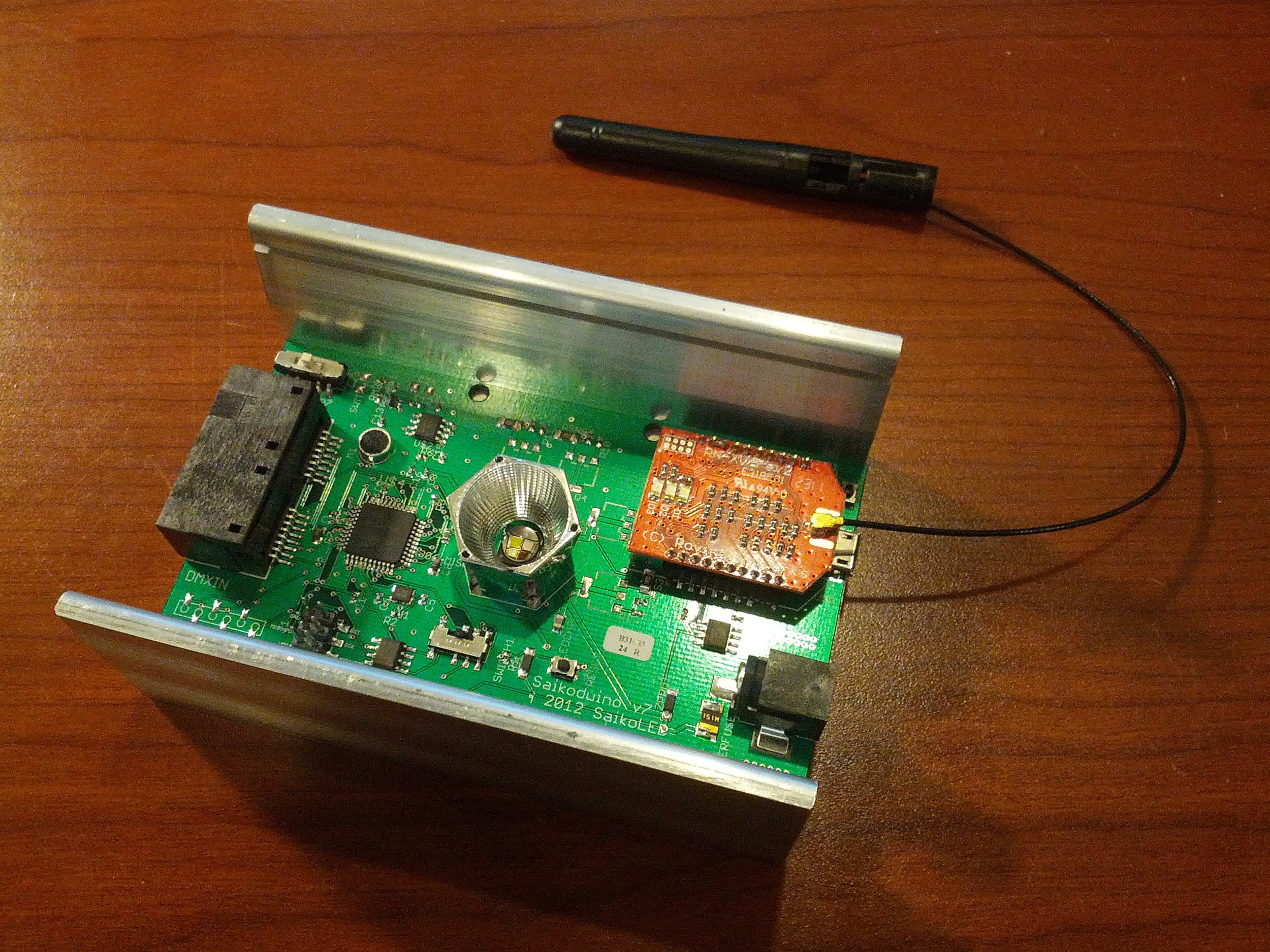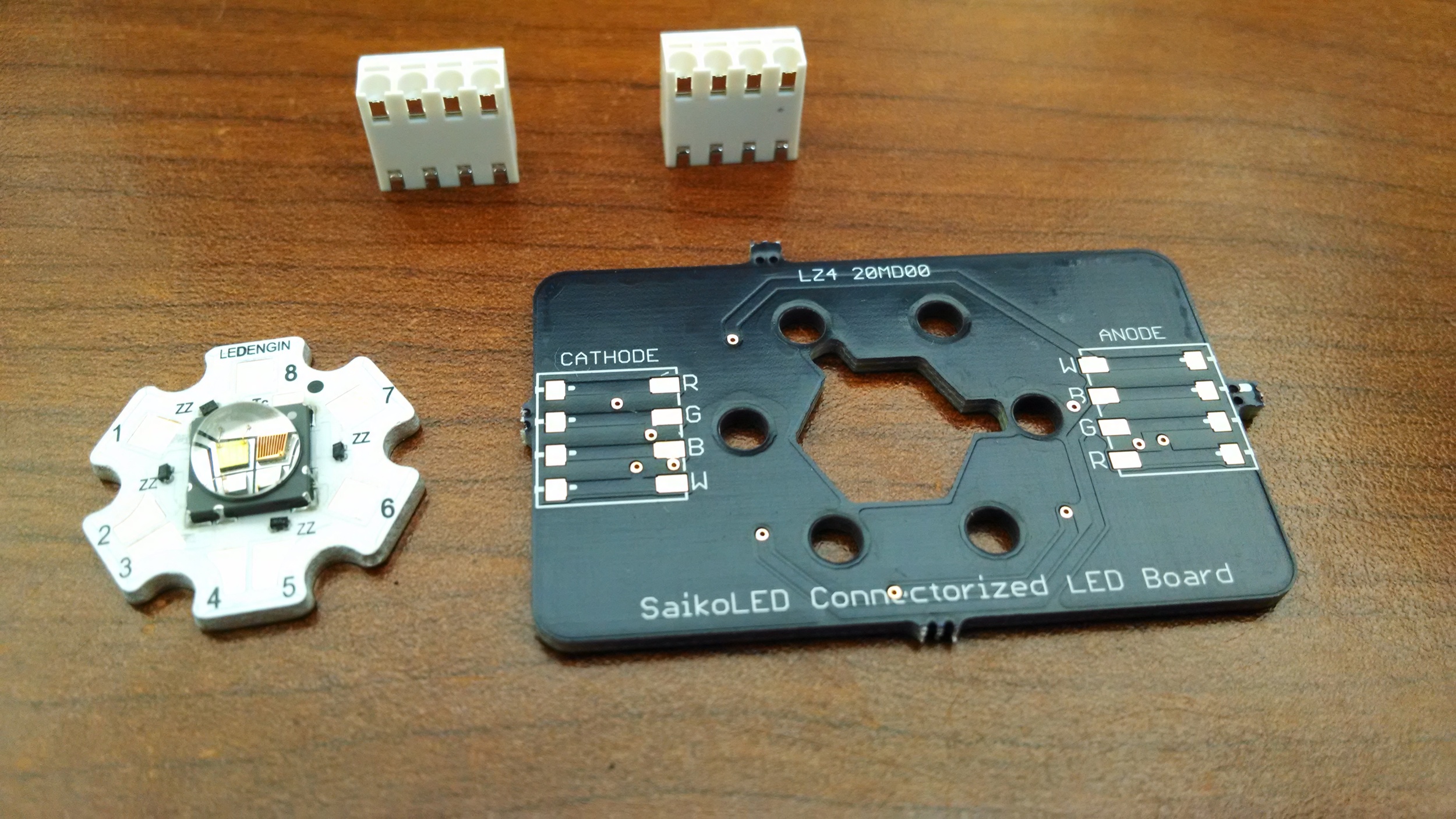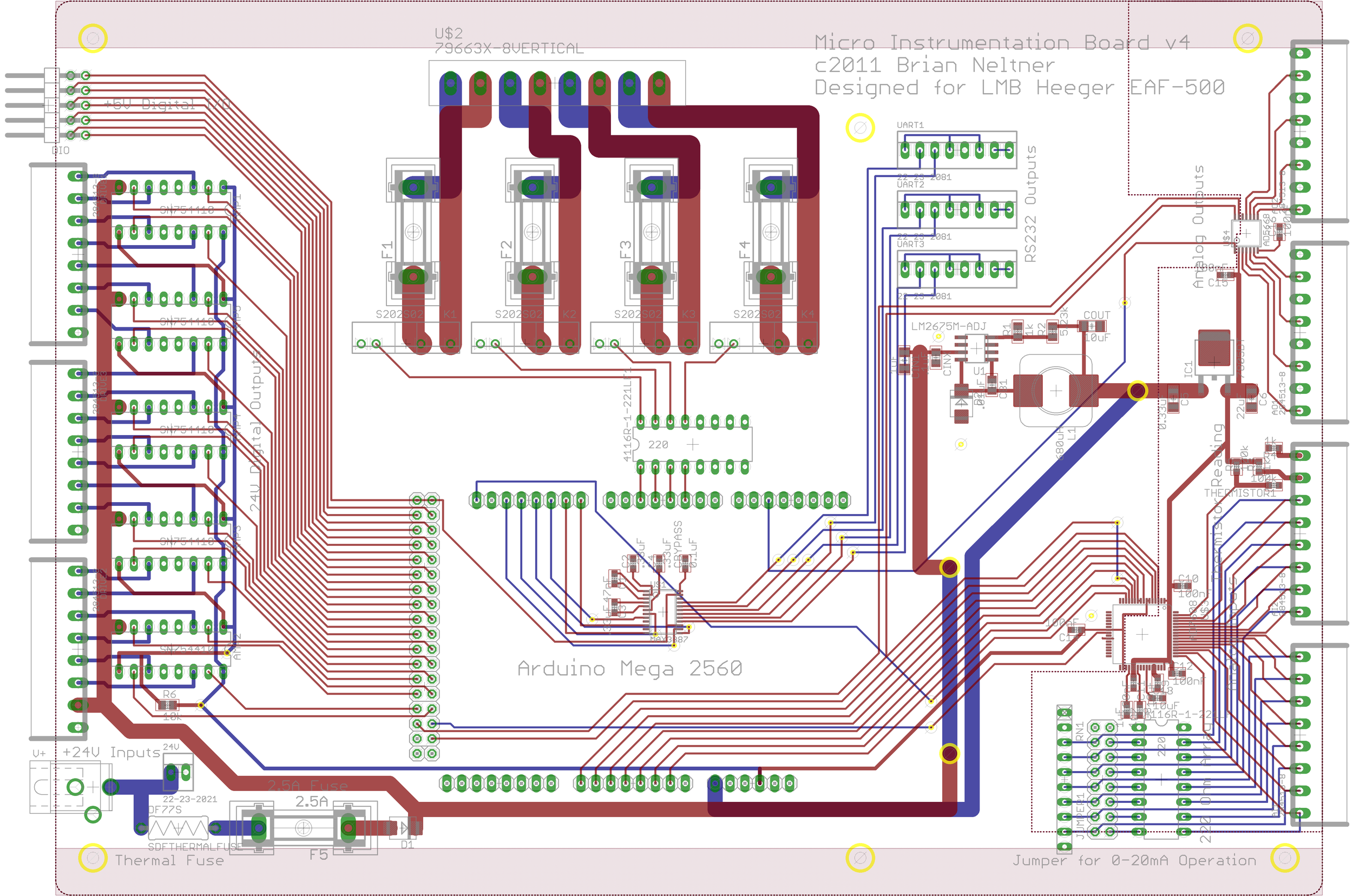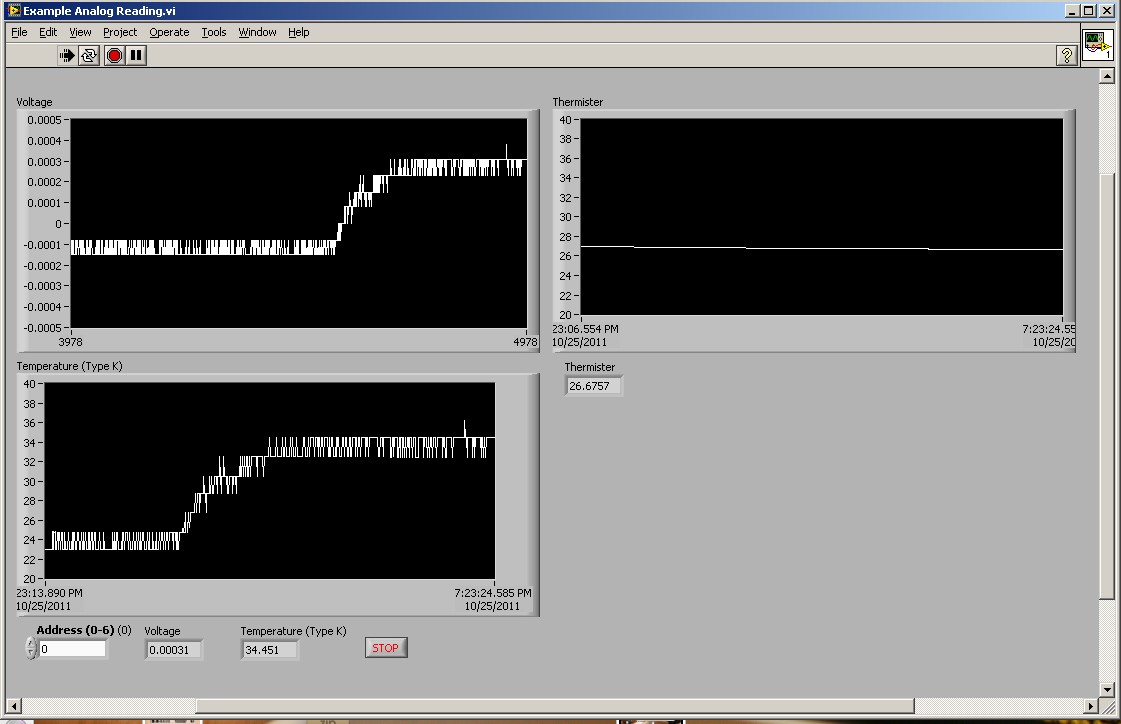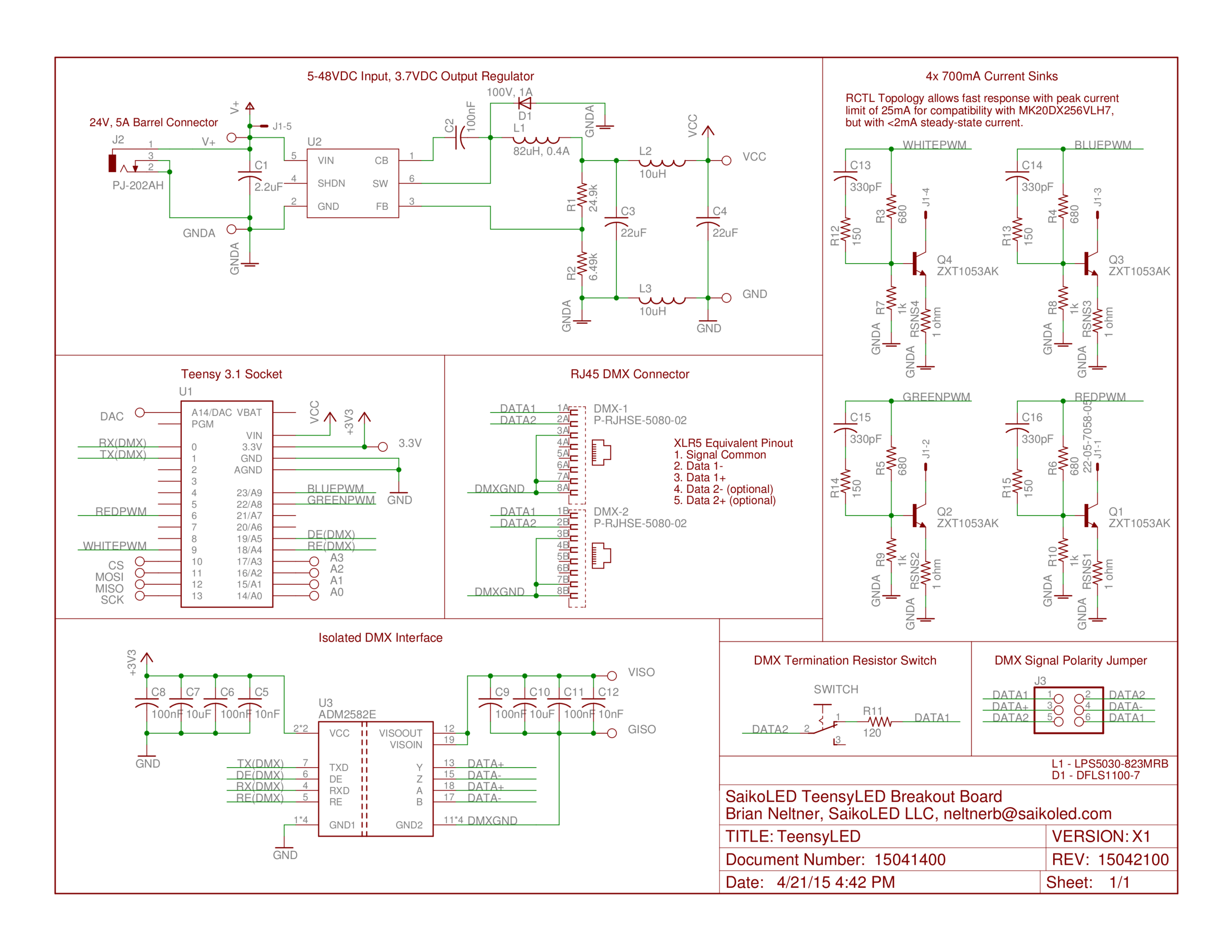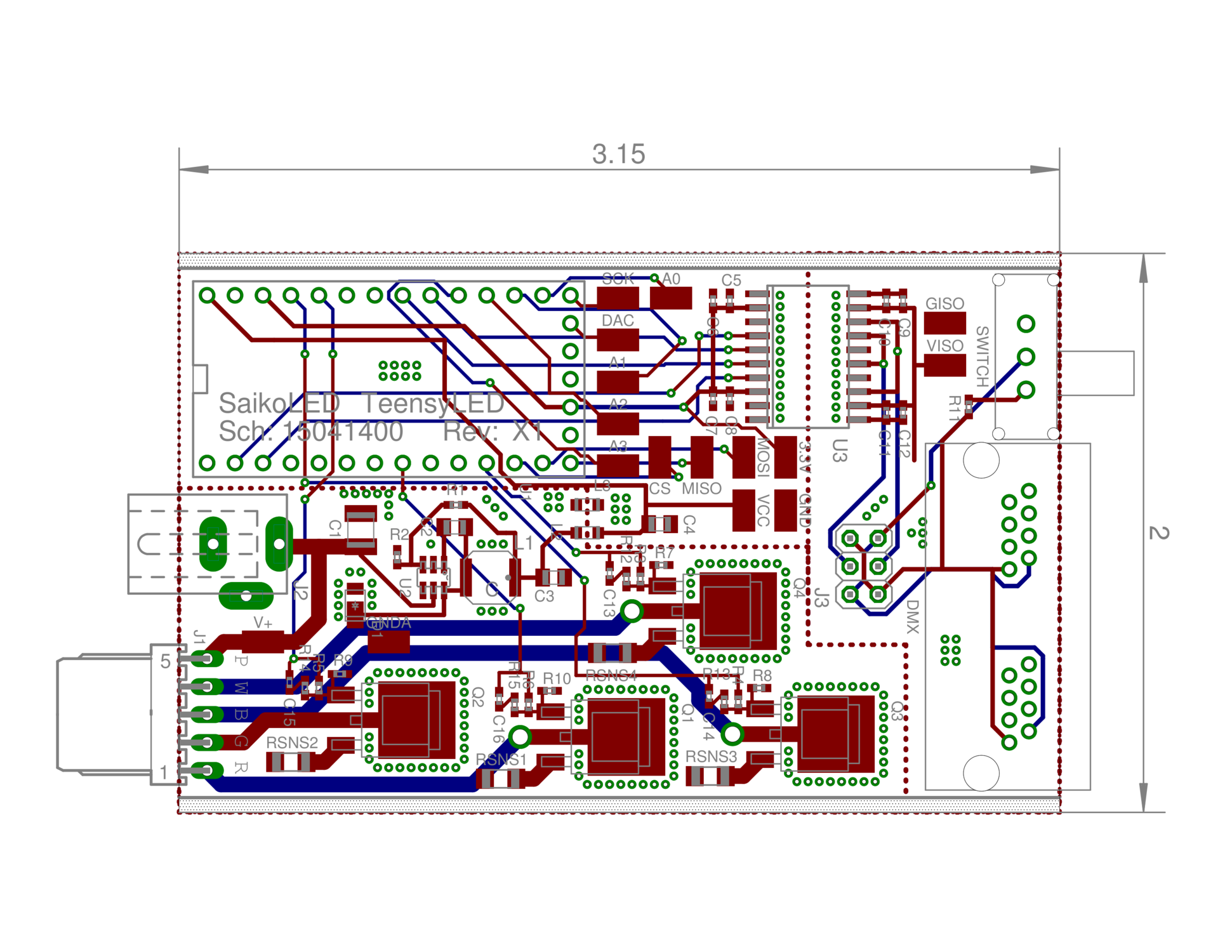Electronics Projects
Brian Neltner has been actively involved in electronics design, having decided in 2005 that science alone was not enough to adequately perform in a technical setting. While the knowledge and insight to identify new approaches is critical, you also need to have the skills to implement test equipment and understand the design constraints further down the road in order to avoid easy pitfalls early on. In the interests of developing a more well-rounded skill set, Brian took a number of electronics classes at MIT while in graduate school, allowing him to accomplish a variety of projects usually seen as too far away from the field of Materials Science to be done by a graduate student.
Brian has built up a substantial working knowledge of mechanical and electronics design under the guidance of Dr. Keith Durand, David Bono, and through a variety of projects both for employers, his startup, or as an independent consultant. Some example projects include a chemical reactor for testing for his Ph.D. thesis work as well as a second more sophisticated reactor for doing supercritical thin film deposition, chemical reactor control systems which have been running in real systems for three years with LabView drivers, cantilever based chemical sensors, a digitally controlled ultra-fast PID controller for high-speed AFM, a system capable of measuring EEG signals and outputting the results on a LED display, a touchscreen controller for a SEM Backscatter Electron Detector, and extensive high quality open source LED lighting through the SaikoLED project.
Some interesting links demonstrating Brian's past work include:
- A general framework library for producing high reliability firmware for control of instrumentation.
- A library that allows for optimal reproduction of arbitary colors in CIE colorspace using an arbitrary number of different individual LEDs. For instance, it provides an optimal conversion from red, green, blue + cyan to CIE colorspace. (Code Here)
- A very nice audio analysis algorithm for LED light shows without preprogramming that outputs over DMX. (Code Here) A video showing the result of the algorithm is to the right.
You can check out Brian's LED lighting blog for other projects.
